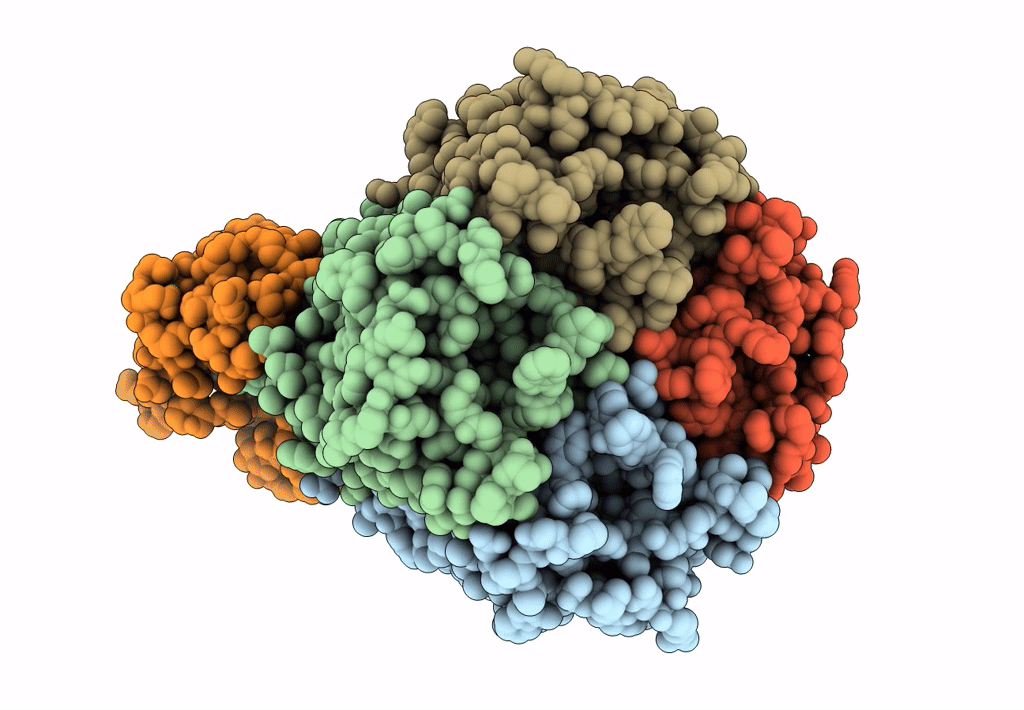
Deposition Date
2013-05-31
Release Date
2013-07-31
Last Version Date
2024-02-21
Entry Detail
PDB ID:
3J41
Keywords:
Title:
Pseudo-atomic model of the Aquaporin-0/Calmodulin complex derived from electron microscopy
Biological Source:
Source Organism:
Homo sapiens (Taxon ID: 9606)
Ovis aries (Taxon ID: 9940)
Ovis aries (Taxon ID: 9940)
Host Organism:
Method Details:
Experimental Method:
Resolution:
25.00 Å
Aggregation State:
PARTICLE
Reconstruction Method:
SINGLE PARTICLE


